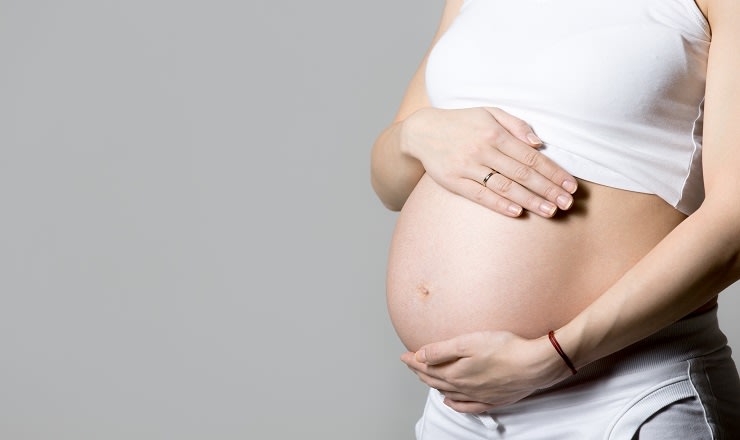The Uterus
The uterus is essential for the female conceptive framework, liable for the sound incipient organism and fetal turn of events and it goes through a few changes during pregnancy. This organ is distensible and can extend to a size that can oblige a completely developed uterus. During birth, the uterus pushes the child through the vagina utilizing solid muscles. After birth, the uterus will normally get back to its unique size at around the six-week point. Ordinary human pregnancy goes on something like 40 weeks.

Design of the Uterus
The uterus is situated in the pelvic district of the body, behind the bladder (and practically overlying it), and before the sigmoid colon. Physically, it is separated into four locales – the fundus, corpus, cervix, and cervical channel. The cervix projects into the vagina, and the uterus is held set up in the pelvis by a few tendons, including the cardinal tendons, the pubocervical tendons, and the uterosacral tendons.
The uterine wall comprises of three layers, the perimetrium, myometrium, and the endometrium. The endometrium, which is the deepest layer, has a bodily fluid film. Uterine organs and veins in the endometrium expansion in size and number, framing the decidua. The myometrium is primarily made out of smooth muscle. The perimetrium, the furthest layer, is a layer of the instinctive peritoneum.
A layer of greasy and stringy connective tissue called the parametrium covers the external surface. This interfaces the uterine tissue to the next pelvic tissues. The uterine microbiome comprises of commensal life forms present in the uterus.
Changes Inside the Uterus
Beside size changes, there are many changes to the uterus during pregnancy. The corpus luteum, the design that encompasses the incipient organism, grows not long after treatment. The corpus luteum discharges pregnancy chemicals including progesterone. Progesterone prevents the uterus from contracting regularly as it would during monthly cycle, as well as controlling the development of the uterine wall lining.
Around days 6-12 after preparation, small, finger-like projections begin to foster which develop to shape the placenta, the design answerable for giving supplements to the creating incipient organism. Progesterone and estrogen discharged by the placenta likewise empower further physiological changes in the undeveloped organism.



